New York Soil Health Roadmap
Executive Summary
New York has been at the forefront of the soil health movement for over three decades, and now has an ambitious level of activity on multiple fronts. One challenge has been capitalizing on this momentum, and fully developing opportunities for collaboration and synergy among the many individuals and organizations involved. The recent New York Soil Health effort is a start, and demonstrates how organization and establishment of communication channels among stakeholders and with policy-makers can keep us moving forward.
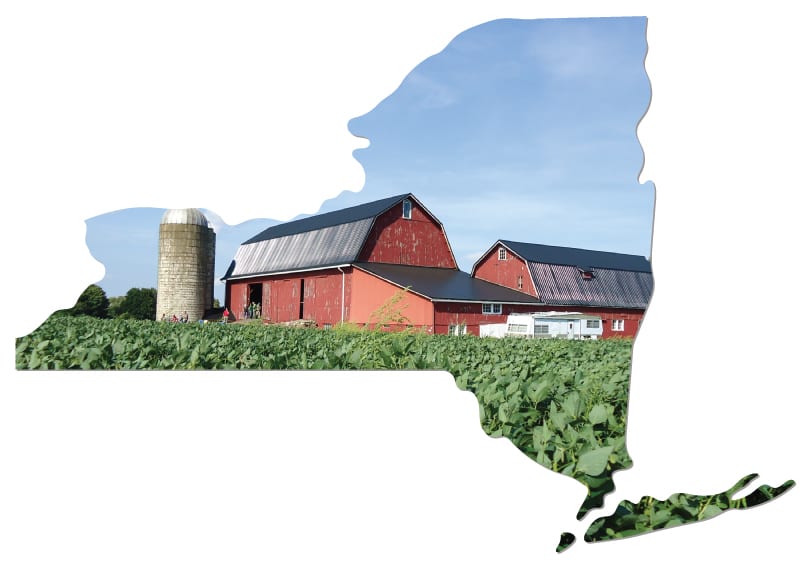
Vision
New York State is a recognized leader in soil health research, outreach, and policy, with effective stakeholder partnerships and demonstrated success at promoting a strong and dynamic agricultural and forest economy, protecting natural resources and biodiversity, improving resilience to extreme weather, and contributing to climate change mitigation.
Challenges
The biggest challenge is addressing barriers to adoption of soil health practices by farmers and other land managers. While many soil health “pioneers” in our region can attest to the benefits from a business standpoint, adoption is not widespread. Lack of clarity on the timeline for reaping benefits from investment in soil health practices is a barrier for many farmers. In addition to economic concerns, other constraints to adoption include:
Increased management complexity
Lack of technical assistance
Policy disincentives
Logistical challenges, such as establishing a fall-winter cover crop with a relatively short growing season
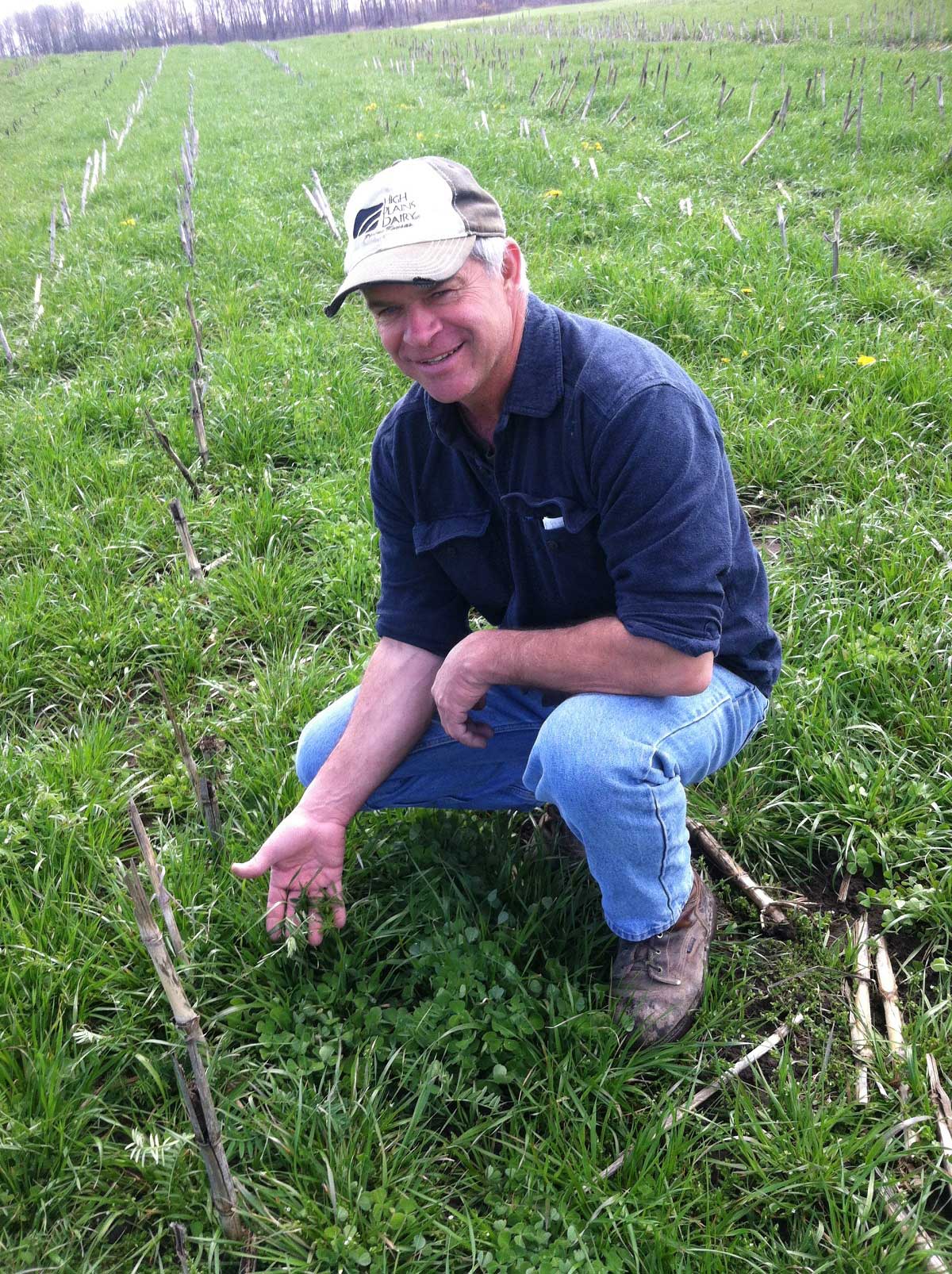

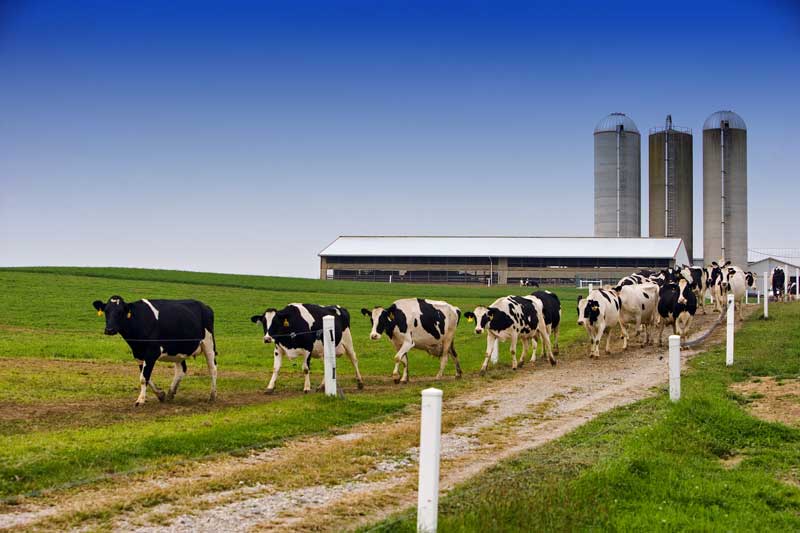

Research
Much of the research on soil health, particularly at the national level, has focused on large-scale conventional corn-soybean systems prevalent in the Midwest. While these are important crops in New York, mixed animal-crop dairy farms dominate our agricultural landscape, and acreage and economic importance of relatively high-value fruit and vegetable crops are also substantial. Our soil health policy, research, and outreach efforts need to be expanded to reach these and other underserved audiences and regions, such as apple and grape growers, organic farmers, and managers of grasslands, pastures, forests, and urban landscapes.
A Positive Example
Dairy farms in New York can serve as positive examples of coupled animal and crop production. While manure is often viewed as an inherent environmental problem, this “waste” is rich in organic matter and nutrients. New York has a unique opportunity for developing and demonstrating ways in which manure handling and land application can be optimized to minimize negative environmental impact and improve soil health. New York can also lead the way in innovations to produce value-added manure products for application to degraded soils, and addressing economic and policy constraints to energy generation from manure.
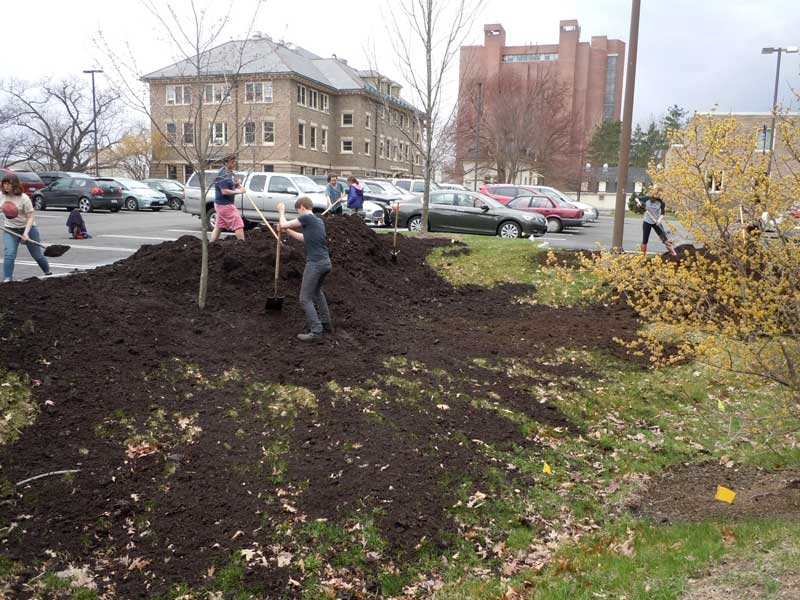

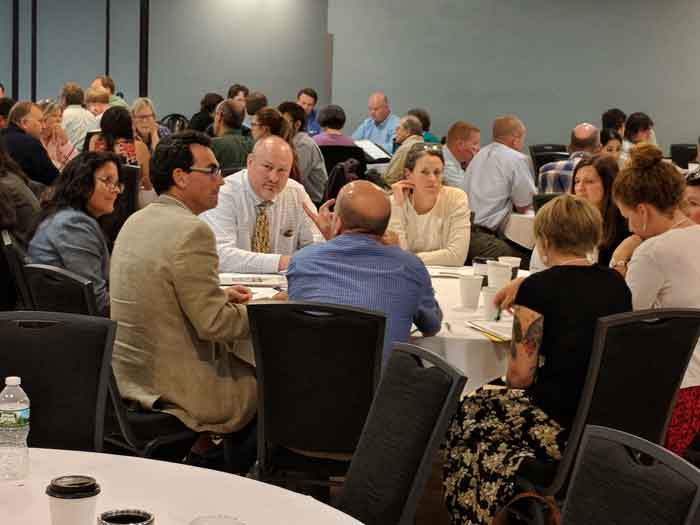

Looking Beyond the Farm
Initial soil health programming in New York has focused primarily on sustainable food production and farm profitability. While this remains a high priority, interest in quantifying and incentivizing the environmental and other off-farm benefits of soil health has been expanding. There are policy, as well as research and outreach needs for better integrating soil health with environmental issues of concern to all citizens of New York, such as climate change resiliency and mitigation, and water and nutrient management. These and other issues indicated above are addressed in the Roadmap Goals and Priorities.
Roadmap Goals & Priorities


“The Roadmap identifies key policy, research, and education efforts to overcome barriers to adoption of soil health practices by farmers. It also identifies strategies to integrate soil health goals with state priorities focused on environmental issues such as climate change and water quality.”
-David Wolfe, professor of plant and soil ecology at Cornell University and NYSH program lead
Use this online interactive flipbook to view the complete Roadmap.
Roadmap Contributors Include:
Farmers and Farmer Organizations | Researchers | Agriculture Service Providers | Policymakers | Representatives of state and federal agencies: NYS Dept. of Agriculture & Markets, NYS Dept. of Environmental Conservation, USDA – Natural Resources Conservation Service | Non-profit organizations: New York Farm Viability Institute, American Farmland Trust, The Nature Conservancy, New York Farm Bureau